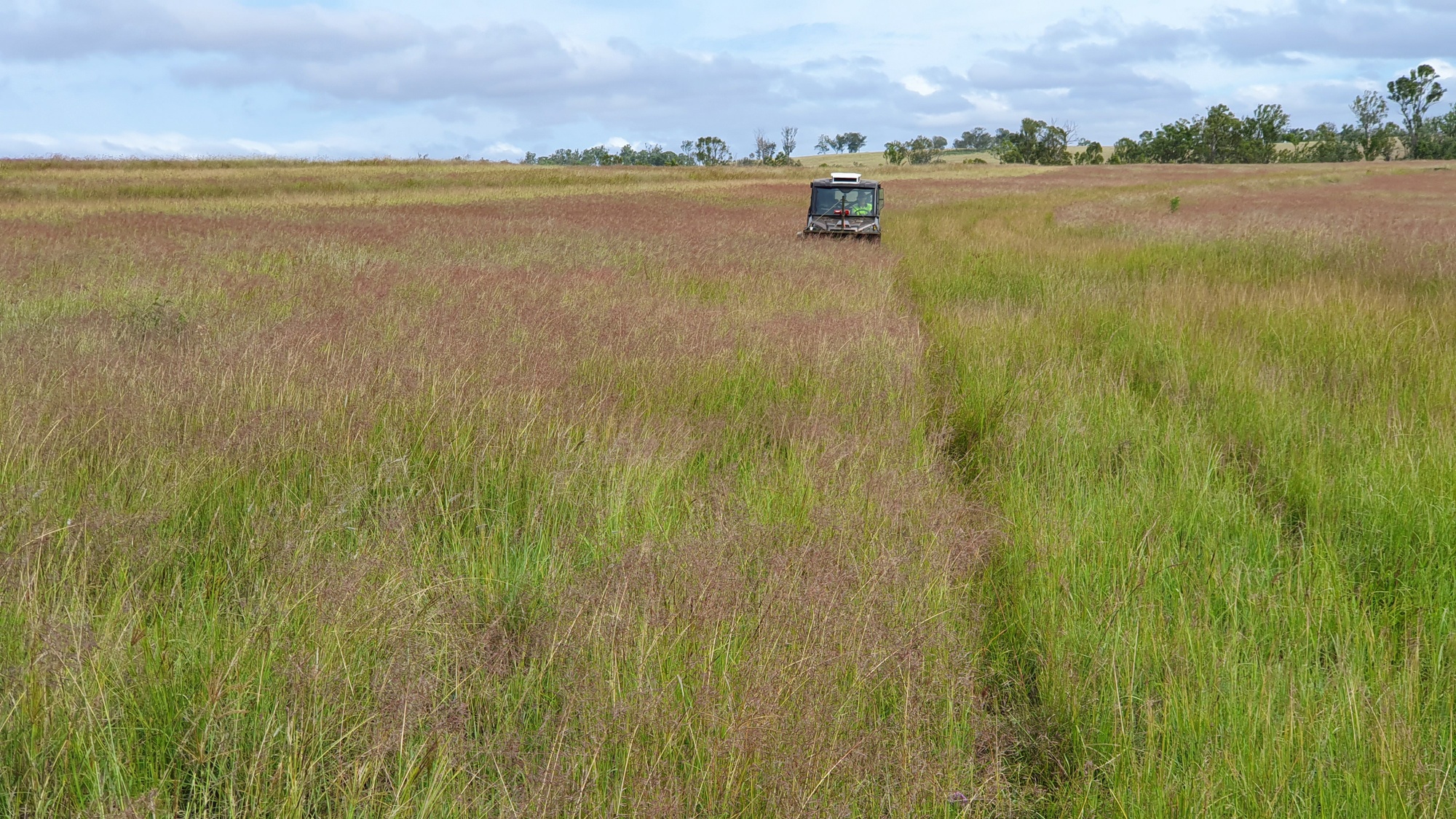Plant Profiles
Plant Categories
Subshrub
Trailing herb
Annual
Annual or Short-Lived Perrenial
Prostrate Shrub
Graminoid
Vine
Forb
Nitrogen Fixer
Grass
Tree
Shrub
Sedge
Wattle
Show All
14Genera
Acacia
Allocasuarina
Alphitonia
Alstonia
Angophora
Archidendropsis
Aristida
Arundinella
Astrebla
Atalaya
Atriplex
Austrosteenisia
Austrostipa
Banksia
Baumea
Bolboschoenus
Boronia
Bothriochloa
Brachychiton
Breynia
Callitris
Calotis
Capillipedium
Carissa
Cassia
Cassine
Cassinia
Casuarina
Chloris
Chrysocephalum
Chrysopogon
Clerodendrum
Corymbia
Crotalaria
Cymbopogon
Daviesia
Denhamia
Derris
Dichanthium
Dodonaea
Einadia
Enchylaena
Enteropogon
Eragrostis
Eremophila
Eriochloa
Erythrina
Erythroxylum
Eucalyptus
Eustrephus
Fimbristylis
Flindersia
Gahnia
Geijera
Grewia
Hardenbergia
Heteropogon
Hovea
Imperata
Indigofera
Jacksonia
Jasminum
Juncus
Kennedia
Lepidosperma
Lomandra
Lophostemon
Ludwigia
Lysiphyllum
Maireana
Melaleuca
Melia
Myoporum
Notelaea
Owenia
Pandorea
Panicum
Parsonsia
Paspalidium
Petalostigma
Petalostylis
Pittosporum
Podolobium
Pomax
Psydrax
Pterocaulon
Ptilotus
Pultenaea
Rhagodia
Rhodosphaera
Rhynchosia
Sarga
Schoenoplectiella
Schoenoplectus
Senna
Sida
Solanum
Sporobolus
Swainsona
Syncarpia
Themeda
Trema
Vachellia
Ventilago
Vittadinia
Show All
105Lomandra longifolia
| Categories | Graminoid |
| Common Name(s) | Spiny-Headed Mat-Rush |
| Family | Lomandraceae |
Description
A tufted, perennial herb. Grass-like appearance. Dioecious.
"Leaves flat or slightly concavo-convex, occasionally rolled, usually 50-100 cm long and 4.5-7.5 mm wide, glabrous; apex 2- or 3-toothed, central tooth in pronounced sinus or longer than laterals;..." (Flora of Australia)
Notes
Lomandra longifolia transplants are produced in considerable quantities by nurseries. The seed is utilised in coastal and some inland rehabilitation works. Considerable quantities of seed can be procured in optimum natural settings which are usually seasonal watercourses or flats with relatively high penetration of sunlight. This may include tall open eucalypt forest or woodland settings besides cleared areas. Years with higher Spring rainfalls produce seed in central to southern Queensland which ripens around late December or early January.
L. longifolia may be confused with Lomandra confertifolia subsp. pallida and with Lomandra hystrix. The teeth at the tips of the leaves will separate L. longifolia from L. hystrix. In our areas of observation, we generally find L. hystrix along creek beds and rivers which maintain flows for large parts of the year. L. longifolia will occur the same way however it will also colonise much drier sites, often along banks some distance from regular water, along dry gullies and washouts, up onto hillsides and also on to ridges. As the sites become drier, the frequency of plants and their size may decrease.
Historical Notes
Distribution
All eastern states and Tasmania; also the SW corner of South Australia. Does not extend into the far west of any state.
References and Related Links
Flora of Australia. Australian Biological Resources Study, Canberra. [Date Accessed: Nov 13, 2019] http://www.ausflora.org.au https://profiles.ala.org.au/opus/foa/profile/Lomandra%20longifolia
